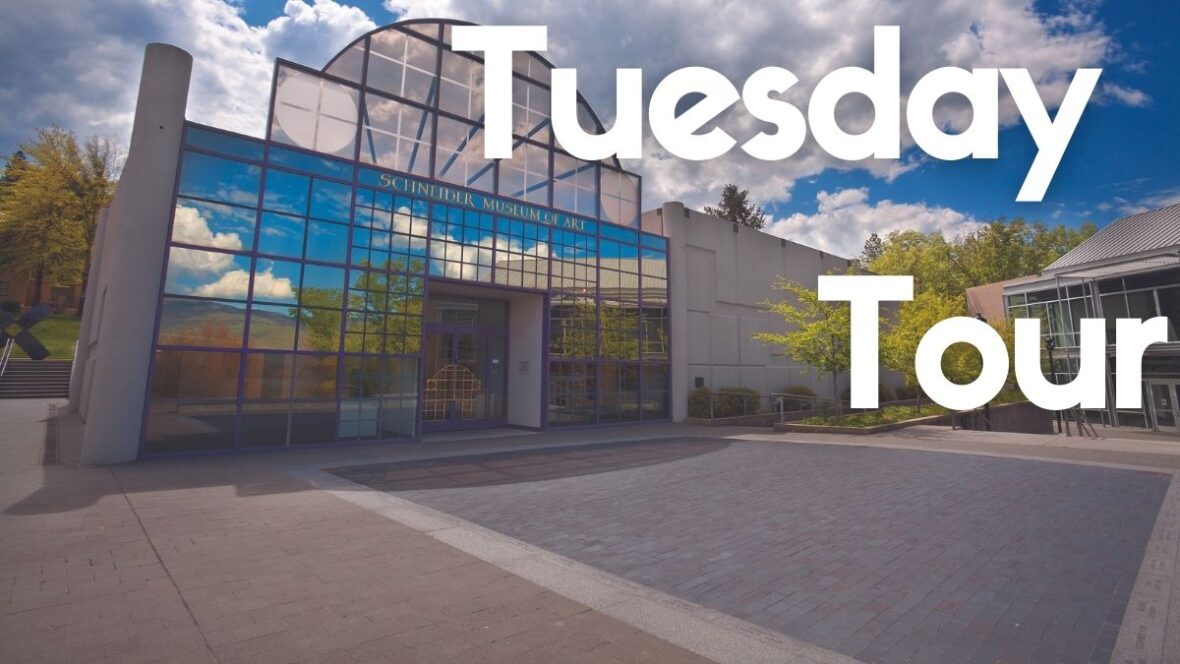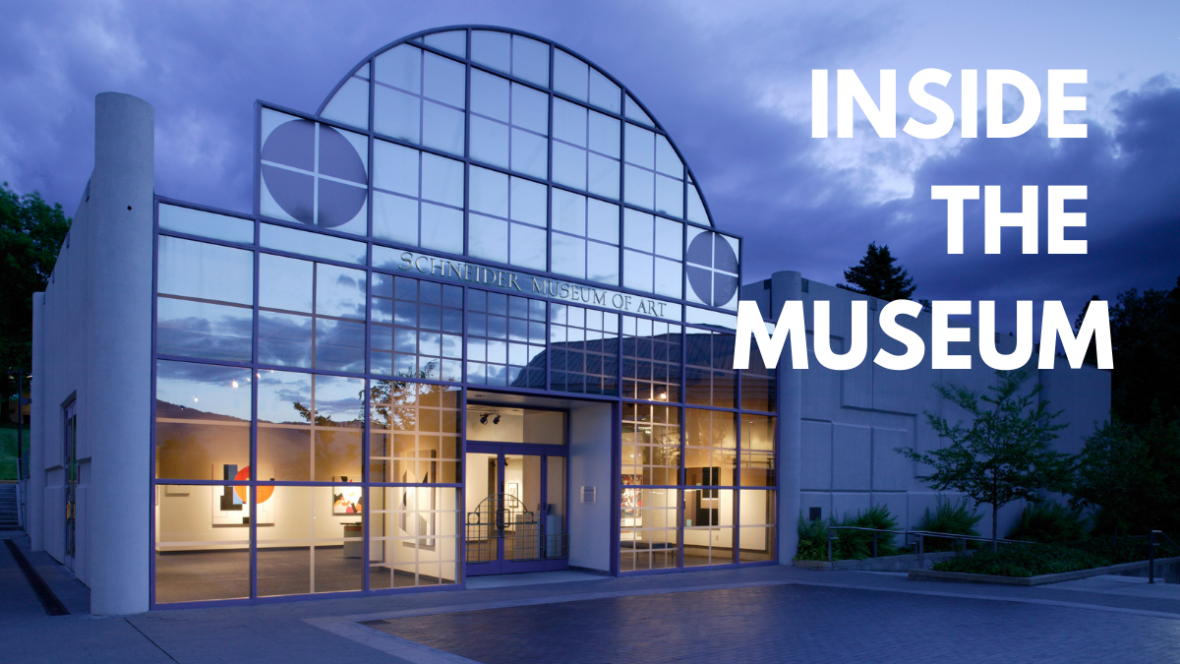Terry Toedtemeier:
Basalt Exposures
Artist Statement
Basalt is a dark volcanic rock, high in iron and maganese, with its origins in magma chambers deep within the earth. Although common worldwide, the ones found in the Pacific Northwest are particularly varied and widespread. Resistant to erosion, basalt stands out in the landscape, forming rugged lava flows, craggy hillsides, rim rock, cliffs, and headlands. Because of the great variety and rich geologic history of the Northwest, these places are home to sea caves, lava tubes, peculiar stone arches, pillars, chasms, knobs, craters, and many other compelling forms. From the monumental flows of flood basalt on the Columbia Plateau to the recent Hawaiian-style volcanics of the High Lava and Snake River plains, this region abounds in a remarkable variety of basalt formations.
During the summer of 1968, as part of the coursework for a degree in geology from Oregon State University, I completed a sequence in field geology. Here, in the arid country of Wheeler County, Oregon, my love of the field took root and my interest in geologic land forms began to have a context. That experience began with a moment of apprehension when I first stepped out of the four-wheel drive and heard my boot crunch on the gravel surface of a landscape that I was to map for geologic contacts and formations. Hundreds of footmiles later, and with what I now realize must have been a good deal of patience on the part of my instructor, my anxiety had been replaced by a craving for discovery and interpretation. In many ways I was lucky: The assigned map area included Permian limestone, Cretaceous conglomerates and marine greywackes, Eocene tuffaceous deposits, Miocene basalt rimrock, Holocene fanglomerates, rhyolite volcanoes, a thing called the Rattlesnake Ignimbrite, and a basalt ring dike. It was the single finest educational experience I have ever had and an unforgettable time of feeling a connection to the land.
A friend at the Oregon Department of Geology and Mineral Industries recently introduced me to a colleague with the explanation, “He loves basalt.” And it’s true, I do. But it’s equally true that, when pressed, I can offer no rational explanation for this fascination. I simply find the forms of basalt beautiful and the study of it fascinating. The days spent in the field, pursuing these photographs, are the best days of my life.
Exhibition Statement
Basalt Exposures presented the photographic work of Terry Toedtemeier. Toedtemeier was a geologist by education and a photographer and curator by profession. As an artist he melded these disciplines. The subject of his exhibition was the dark volcanic rock known as basalt which literally forms the foundation of Oregon’s landscape. Due to the geological mechanics of emplacement, deformation and erosion, these basalt formations exhibit a wonderful range of physical forms that compose the unique qualities of our landscape. Coupling his talents in geology and art, Toedtemeier was like an alchemist who used his eye and camera to transform rock into visual poetry. Interpretive text panels and geological timetables and charts complemented the photographic images and created an exhibition that bridged the gap between art and science. The exhibition was organized by Terry Hopkins, Director of the Art Gym at Marylhurst College.
Curator
Terry Hopkins
Artist
Terry Toedtemeier




